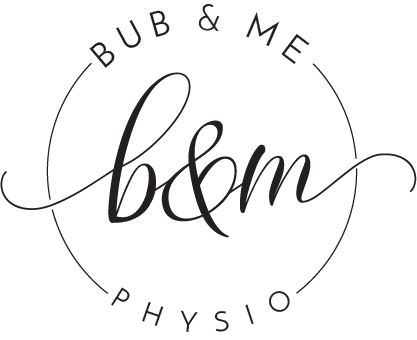Maintain Control: Tips for a Strong Pelvic Floor
What are they and why strengthen them?
The pelvic floor is a group of muscles that run from the pubic bone to the tailbone. They sit in your pelvis like a hammock. The pelvic floor muscles work with the deep back muscles, Multifidus, and abdominal muscles, Transverse Abdominis, and are fundamental to healthy movement and function. They are responsible for protecting your back and pelvis, for bladder and bowel control and for supporting your growing belly.
By strengthening these muscles during pregnancy, and doing the right exercises for your changing body, you are taking steps toward preventing back pain, injury and incontinence. It will also make it easier to regain strength and muscle tone after your baby is born.
Refer to our ‘Regain Control: Tips for Pelvic Floor and Core Training’ and ‘Guidelines for Exercise During Pregnancy’ PDFs.
What causes weakening of the pelvic floor muscles?
During pregnancy, the pelvic floor is lengthened and weakened from supporting the growing weight of your baby. Childbirth also places a huge load on the pelvic floor, more so if you have had a long second stage of labour (pushing), difficult delivery, large baby or if this is not your first child. As a result, one in three mothers suffer incontinence!
Other causes of pelvic floor weakening are:
Excessive straining to empty the bowel
Being overweight
Repetitive heavy lifting, coughing, sneezing, vomiting or anything that significantly
increases intra-abdominal pressure
Hormones
Menopause
Inactivity
Age
Luckily there are plenty of things that you can do to increase the strength and stability of your pelvic floor in order to regain healthy function.
How will I know if my pelvic floor muscles are weak?
You may experience one or more of the following symptoms:
Leaking of urine
Leaking of faeces
Dragging or heavy sensation in your vagina – this could indicate a prolapse so it is
important to see your doctor if you feel this
Urgency to go to the toilet and feeling like you are going to have an accident before
you make it
Difficulty emptying your bowels
Exercise and your pelvic floor
It is very important to allow your pelvic floor and the rest of your body time to heal after birth. Don’t be tempted to return to exercise too quickly, particularly high-impact moves such as running and jumping or exercises that cause increased abdominal pressure including sit-ups or heavy strength training. Doing too much too early can weaken the pelvic floor, causing incontinence later on. If you are unsure of what you can and cannot do, seek advice from your health professional or physiotherapist before commencing any new exercises.
What should I avoid while I am recovering after birth?
It is important to choose your exercises wisely and avoid those that place significant stress on your pelvic floor while it is recovering.
Lifting anything heavier than your baby
Straining to empty your bowels
Repetitive coughing or straining
Abdominal curls
Heavy resistance-training
Wide squats
Jumping, running, bouncing
Holding your breath or straining while you exercise
Above all, be patient with yourself and kind to your body. Know your limits and set yourself SMART (specific, measurable, attainable, realistic, timely) goals.


